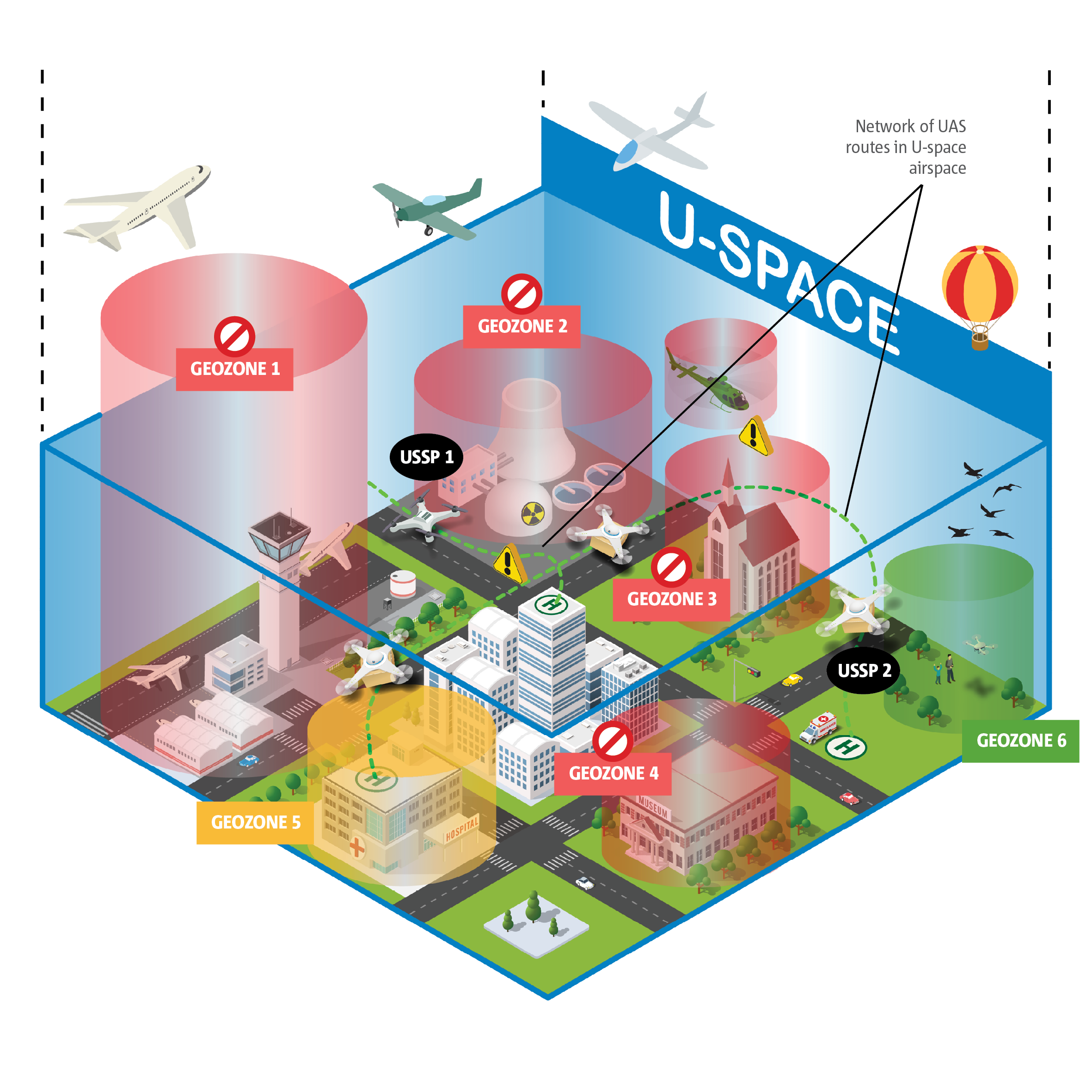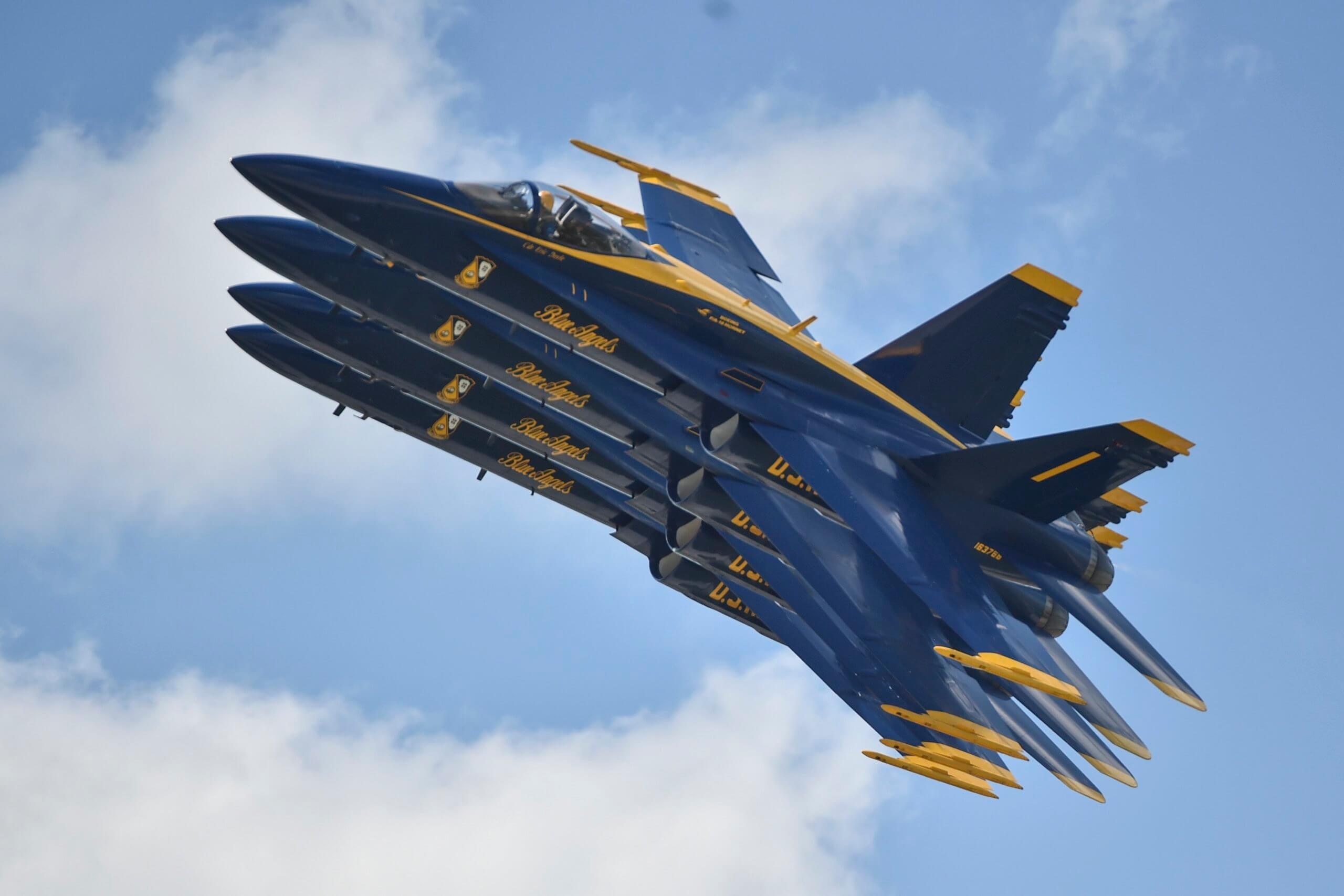US drone sightings are on the rise, sparking curiosity, concern, and debate. This report delves into the geographic distribution of these sightings, the types of drones involved, their potential purposes, public reaction, legal implications, and the technology used for detection and identification. We’ll explore everything from recreational uses to potential security threats, painting a picture of this increasingly complex phenomenon.
From bustling cityscapes to quiet rural landscapes, unmanned aerial vehicles are becoming a more common sight. This investigation examines the factors driving the frequency of sightings in different areas, analyzing the data to understand the trends and patterns emerging across the United States. We’ll also look at the diverse range of drones involved, from small commercial models to potentially more sophisticated devices.
Geographic Distribution of US Drone Sightings

Understanding the geographic distribution of reported US drone sightings is crucial for assessing potential risks and informing regulatory strategies. This involves analyzing sighting frequency across different states, identifying contributing factors, and comparing drone types observed in various environments.
Sightings by State and Contributing Factors
A map visualizing US drone sightings would show a higher concentration in densely populated states like California, Texas, and Florida, likely due to increased drone usage for commercial purposes (photography, delivery, etc.) and higher population density leading to more chances of sightings. Conversely, states with extensive rural areas might exhibit lower overall sighting frequency but potentially higher rates of sightings related to agricultural or surveillance activities.
The table below provides a sample representation of sighting data; actual numbers would require extensive data collection and analysis from various sources.
| State | Number of Sightings | Average Altitude (ft) | Predominant Drone Type |
|---|---|---|---|
| California | 5000 | 250 | Commercial Quadcopter |
| Texas | 3500 | 300 | Commercial Hexacopter |
| Florida | 3000 | 150 | Recreational Quadcopter |
| North Dakota | 500 | 400 | Agricultural Drone |
Urban vs. Rural Drone Sightings

Urban areas typically see a higher frequency of smaller, commercially available drones used for photography, videography, delivery services, and recreational purposes. Rural areas, however, might show more sightings of larger, potentially more advanced drones used for agriculture, surveillance, or infrastructure inspection. This difference reflects the distinct needs and applications of drone technology in different settings.
Types of Drones Observed
A wide variety of drones are reported in US airspace, ranging from small recreational models to large, sophisticated systems. Understanding the different types and their capabilities is essential for assessing potential risks and developing effective countermeasures.
Common Drone Types and Characteristics
The following list compares characteristics of common commercial drones and those potentially used for military or surveillance purposes.
- Commercial Drones: Typically smaller, lighter, less powerful, with limited flight time and range. Often equipped with cameras for photography and videography.
- Military/Surveillance Drones: Larger, heavier, more powerful, with longer flight times and ranges. May include advanced sensors, communication systems, and payload capacity.
Visual Comparison of Drone Types
Imagine three diagrams. The first shows a small quadcopter (e.g., DJI Mavic), illustrating its compact size and basic camera. The second depicts a larger hexacopter used for commercial mapping, highlighting its longer flight time and more robust construction. The third shows a stylized representation of a larger military-grade drone, emphasizing its advanced sensor array and potential for longer range surveillance.
Unique Drone Features
Some reported sightings have included drones with unique features such as advanced obstacle avoidance systems, infrared cameras, or specialized payloads. These features can significantly enhance the drone’s capabilities and potentially increase its risk profile depending on its intended use.
Reported Purposes of Drone Activity: Us Drone Sightings
The purposes behind observed drone activity vary widely. Analyzing these purposes helps in understanding the potential threats and developing appropriate responses.
Potential Purposes and Associated Risks
The table below categorizes potential purposes of drone sightings based on likelihood and associated risks. Note that these are illustrative examples and actual likelihoods would require extensive data analysis.
Worried about those mysterious US drone sightings? Understanding the tech behind them is key, and a good place to start is learning about popular drone manufacturers. Check out the specs and features of various models at dji canada , a major player in the industry. This will give you a better grasp of what capabilities these drones might possess, helping you analyze those US drone sighting reports more effectively.
| Purpose | Likelihood | Privacy Risk | National Security Risk |
|---|---|---|---|
| Recreational Use | High | Low | Low |
| Commercial Photography/Videography | High | Medium | Low |
| Delivery Services | Medium | Low | Low |
| Illegal Surveillance | Low | High | Medium |
| Unauthorized Aerial Reconnaissance | Low | Medium | High |
Public Reaction and Media Coverage
Public perception of drones is shaped by reported sightings and subsequent media coverage. Analyzing these factors provides insight into societal attitudes and concerns surrounding drone technology.
Public Reactions, Us drone sightings
Public reaction to drone sightings varies. Some individuals express curiosity, while others voice concerns about privacy violations or potential misuse. Fear and anxiety can arise from sightings of unfamiliar or large drones, especially if their purpose is unclear.
So you’ve been seeing a lot of US drone sightings lately? It’s a hot topic! Maybe some of those are the smaller, more affordable models like the e88 drone , which are becoming increasingly popular. Understanding the different types of drones helps make sense of those mysterious sightings, allowing for better identification and informed discussion about their presence.
Media Coverage and its Influence

Media coverage significantly influences public perception. Sensationalized reporting of drone sightings can fuel public anxiety, while balanced and informative coverage can promote a more nuanced understanding of the technology and its applications.
Key Media Narratives
- Positive: Focus on the beneficial uses of drones, such as in agriculture, search and rescue, or infrastructure inspection.
- Negative: Highlight the potential risks associated with drones, including privacy violations, security threats, or accidents.
- Neutral: Provide factual information about drone sightings without expressing strong opinions or biases.
Regulatory and Legal Aspects
The operation of drones in the US is governed by a complex set of regulations. Understanding these regulations and their limitations is essential for ensuring safe and responsible drone use.
Existing Regulations and Loopholes
The Federal Aviation Administration (FAA) regulates drone operations in the US. Regulations cover aspects such as registration, licensing, airspace restrictions, and operational limitations. However, loopholes or gaps in these regulations might exist, potentially contributing to unauthorized drone activity.
Legal Consequences of Illegal Drone Operation
Operating a drone illegally can lead to significant legal consequences, including fines, imprisonment, and the revocation of operating privileges. These consequences vary depending on the nature and severity of the violation.
Worried about those mysterious US drone sightings? Improving your home network’s reach might help you track them better. A strong signal is key, so consider boosting it with a great amplificateur wifi for clearer camera feeds from your security system. This way, you can monitor your property and potentially even spot those drones more easily.
Better surveillance means better peace of mind.
Obtaining Drone Operating Permits and Licenses
A flowchart illustrating the process of obtaining drone operating permits and licenses would show a step-by-step guide, including registration with the FAA, completing necessary training, and obtaining the appropriate certifications.
Technological Aspects of Detection and Identification
Effective detection and identification of drones are crucial for addressing security concerns and ensuring responsible airspace management. Various technologies are employed for this purpose, each with its own strengths and limitations.
Drone Detection Methods
Several methods are used to detect and identify drones, including visual observation, radar systems, acoustic sensors, and radio frequency (RF) detection. The effectiveness of each method depends on factors such as drone size, altitude, and environmental conditions.
Comparison of Drone Detection Technologies
| Method | Strengths | Weaknesses | Cost |
|---|---|---|---|
| Visual Observation | Simple, low cost | Limited range, weather dependent | Low |
| Radar | Long range, all-weather capability | High cost, potential for false positives | High |
| RF Detection | Can identify specific drones | Limited range, susceptible to interference | Medium |
Final Review
The increasing prevalence of US drone sightings presents a multifaceted challenge, demanding a careful consideration of privacy, security, and technological advancement. Understanding the various factors at play—from regulatory frameworks to public perception—is crucial for navigating the complexities of this rapidly evolving landscape. As drone technology continues to advance, ongoing monitoring and adaptation of policies will be essential to ensure responsible and safe operation.
Essential FAQs
What are the penalties for illegal drone operation?
Penalties vary depending on the violation, but can include hefty fines, jail time, and the seizure of the drone.
How can I report a suspicious drone sighting?
Contact your local law enforcement agency or the relevant federal authorities, depending on the circumstances.
Are all drones equipped with cameras?
No, some drones are purely for recreational purposes and lack cameras, while others are specifically designed for aerial photography or videography.
What is the FAA’s role in drone regulation?
The Federal Aviation Administration (FAA) sets and enforces regulations for drone operation in the US, aiming to ensure safe and responsible use of airspace.